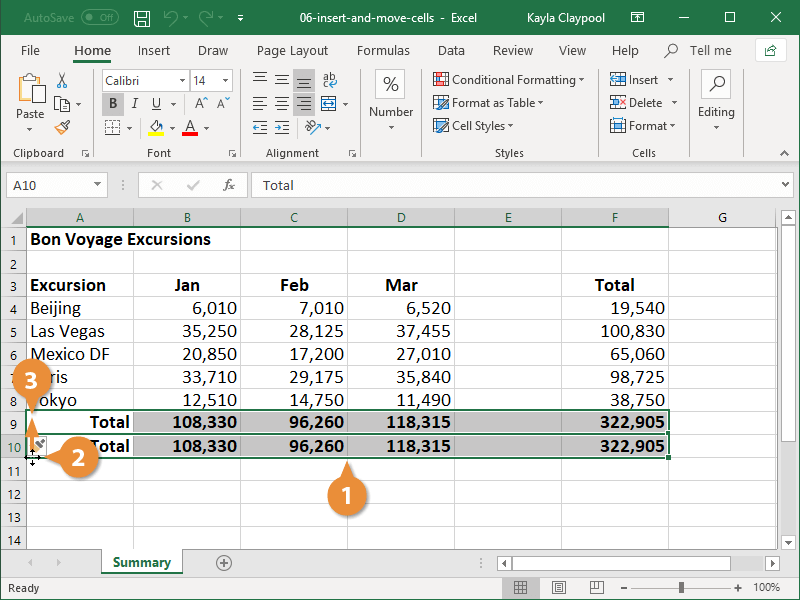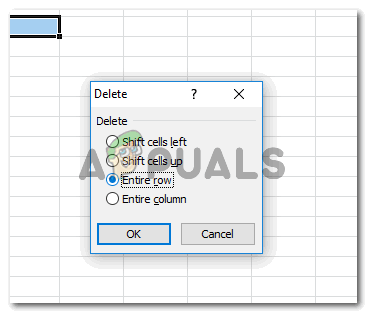

#Microsoft excel shift cells up how to
Once the cursor has changed to the crucifix shape, we will left-click and drag down the entire cells to our desired position.įigure 4: Shifted cells How to shift cells up We will place the cursor on the edge of the top line that we have highlighted, until the shape of the cursor changes to a crucifix with arrowheads on the four angles.We will highlight the section of the table whose content we want to shift down by dragging the cursor across all the cells we want to shift down.We will prepare a table of data as shown in Figure 2.This tutorial will teach us how to shift cells up and down in excel.įigure 1: Shift cells down Data to Shift Cells in Excel Have questions or feedback about Office VBA or this documentation? Please see Office VBA support and feedback for guidance about the ways you can receive support and provide feedback.We can shift columns down by highlighting the entire cells and using the cursor arrow to drag down the cells to the point we want it to be. 'If there is a comment, paste the comment text into column D and delete the original comment.Ĭells(rowIndex, 4) = Cells(rowIndex, 3).Comment.Text 'Go through all the cells in Column C, and check to see if the cell has a comment.įor rowIndex = 1 To WorksheetFunction.CountA(Columns(3)) This example looks through column C of the active sheet, and for every cell that has a comment, it puts the comment text into column D and deletes the comment from column C. SortRange.Sort Key1:=Cells(2, ke圜olumn), Order1:=xlDescending, Header:=xlYes SortRange.Sort Key1:=Cells(2, ke圜olumn), Order1:=xlAscending, Header:=xlYes LastRow = Cells(Rows.Count, ke圜olumn).End(xlUp).Row



LastColumn = Cells.Find(What:="*", After:=Range("A1"), SearchOrder:=xlB圜olumns, SearchDirection:=xlPrevious).Column Private Sub Worksheet_BeforeDoubleClick(ByVal Target As Range, Cancel As Boolean)ĭim LastColumn As Long, ke圜olumn As Long, LastRow As Long The data is sorted based on the column of the cell that is double-clicked. This example toggles a sort between ascending and descending order when you double-click any cell in the data range. This example sets the font and font size for every cell on Sheet1 to 8-point Arial. Worksheets("Sheet1").Cells(1).ClearContents This example clears the formula in cell one on Sheet1 of the active workbook. This example sets the font size for cell C5 on Sheet1 of the active workbook to 14 points. Using this property without an object qualifier returns a Range object that represents all the cells on the active worksheet. Remarksīecause the default member of Range forwards calls with parameters to the Item property, you can specify the row and column index immediately after the Cells keyword instead of an explicit call to Item. SyntaxĮxpression A variable that represents a Worksheet object. Returns a Range object that represents all the cells on the worksheet (not just the cells that are currently in use).


 0 kommentar(er)
0 kommentar(er)
